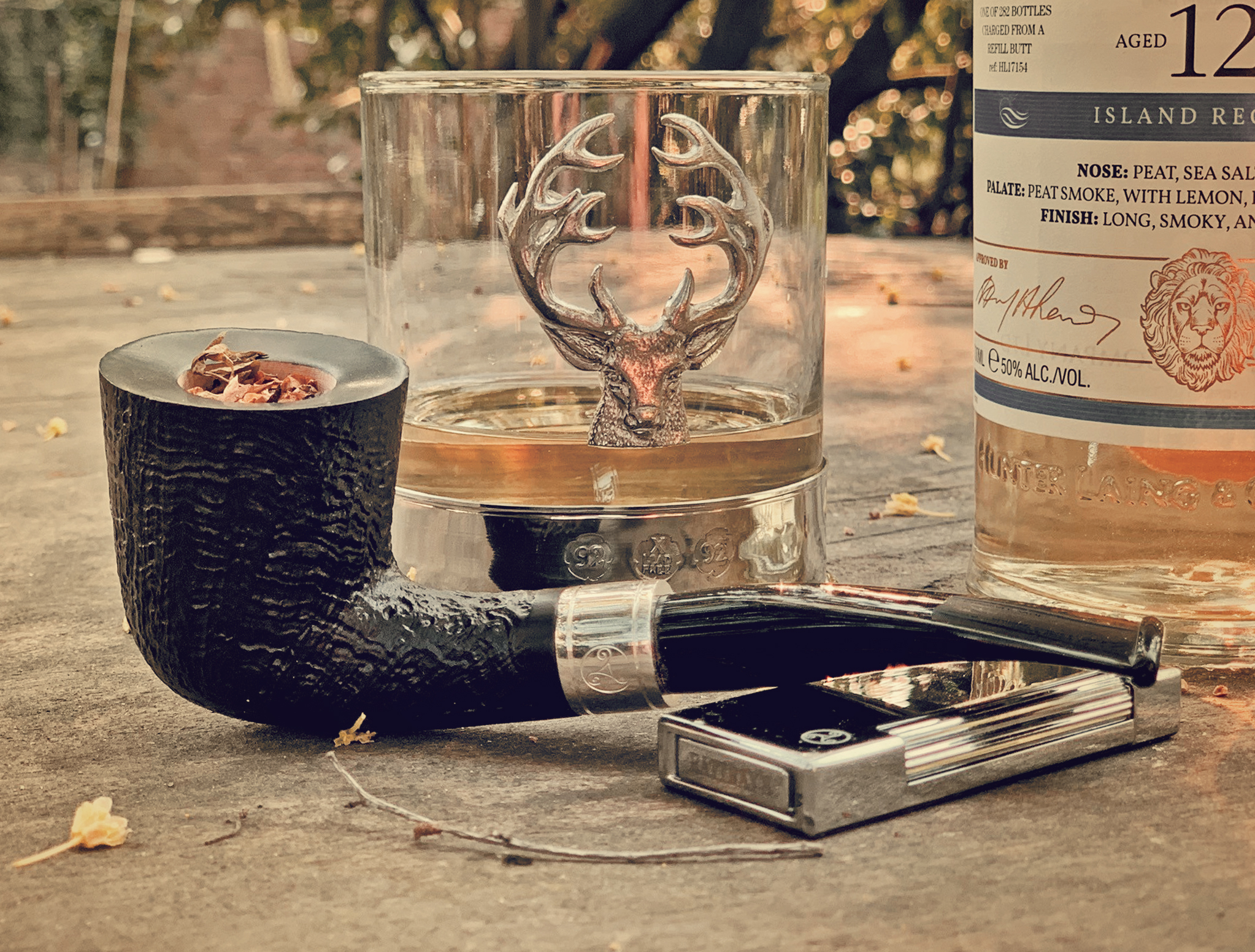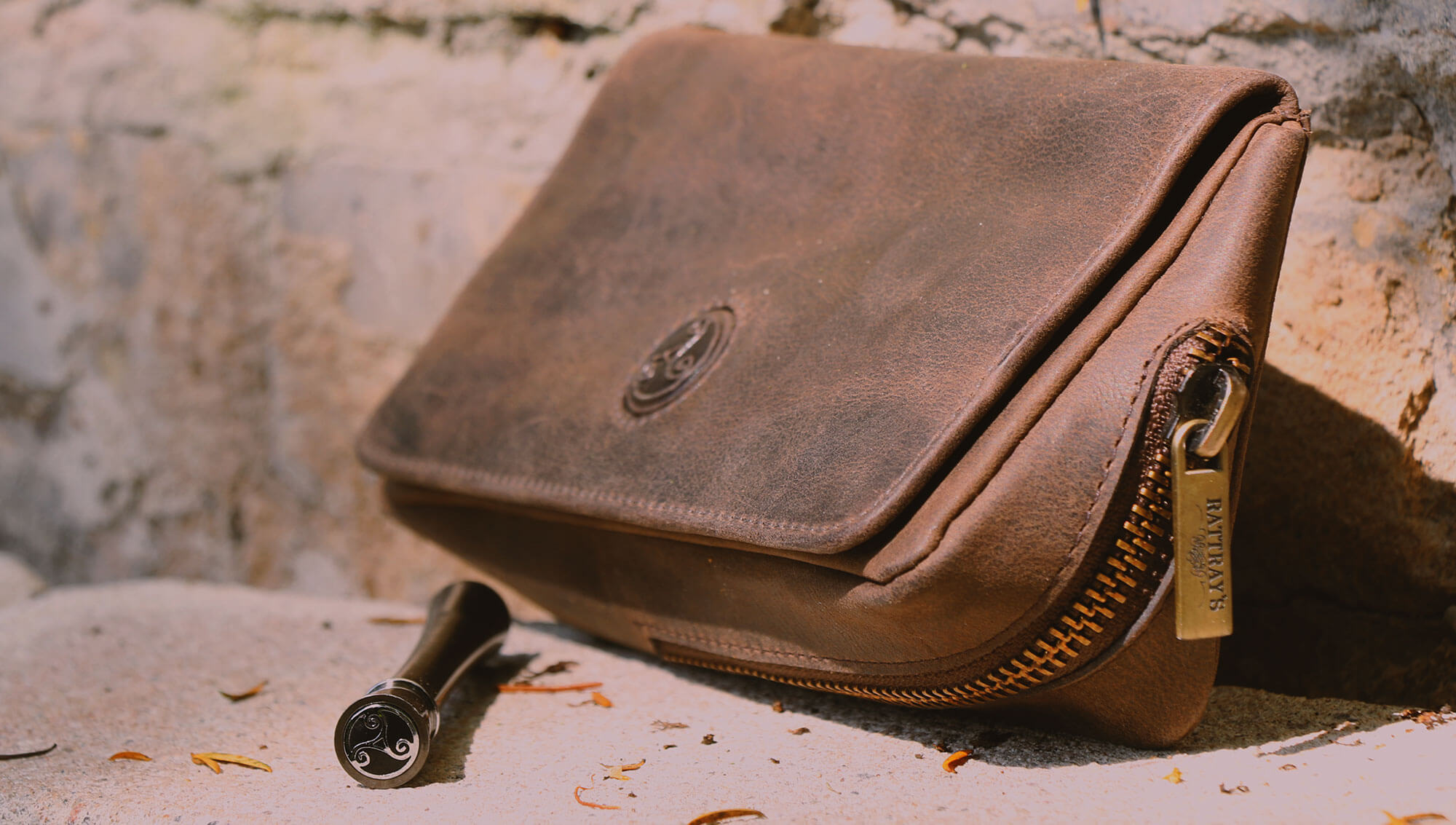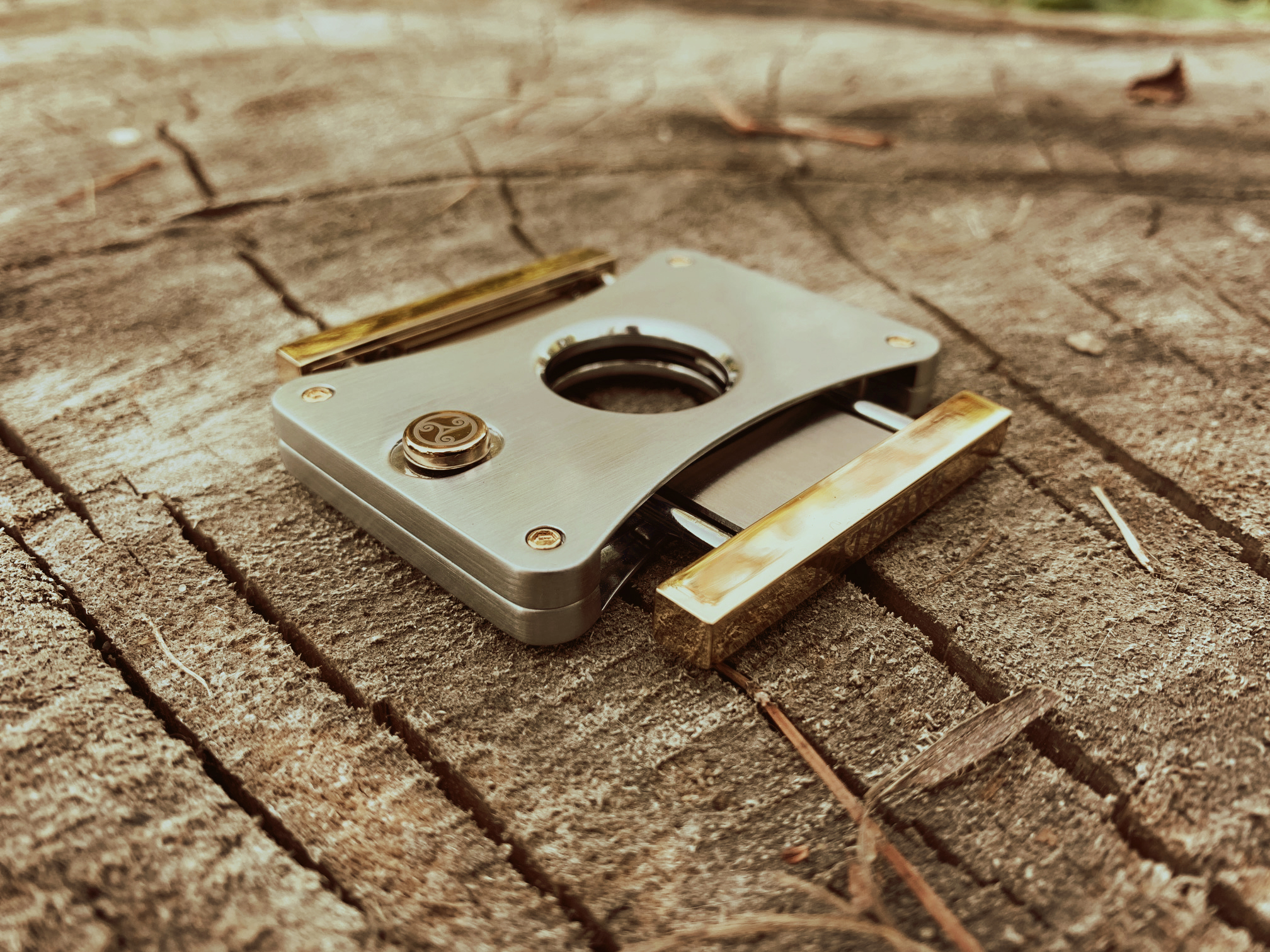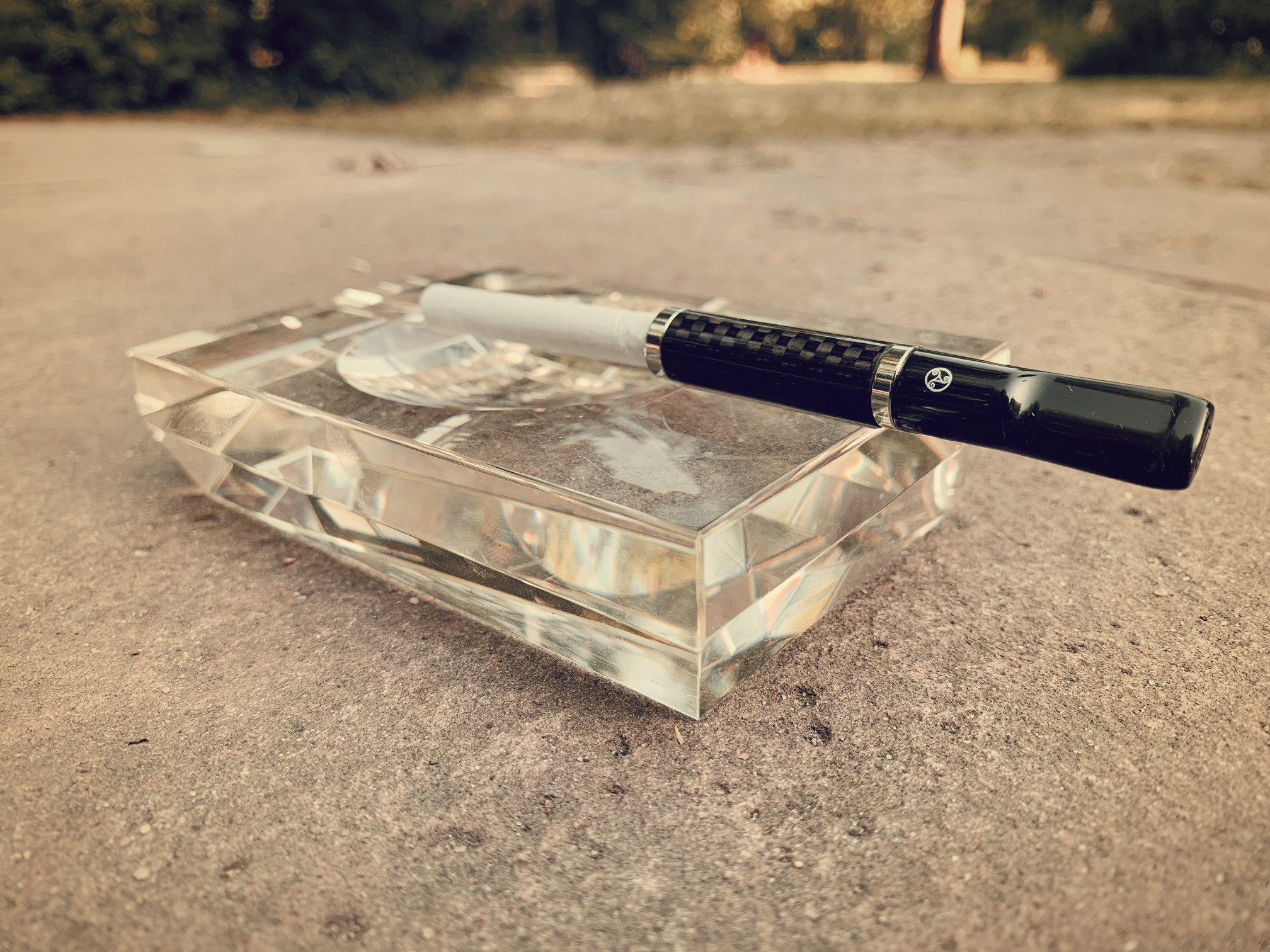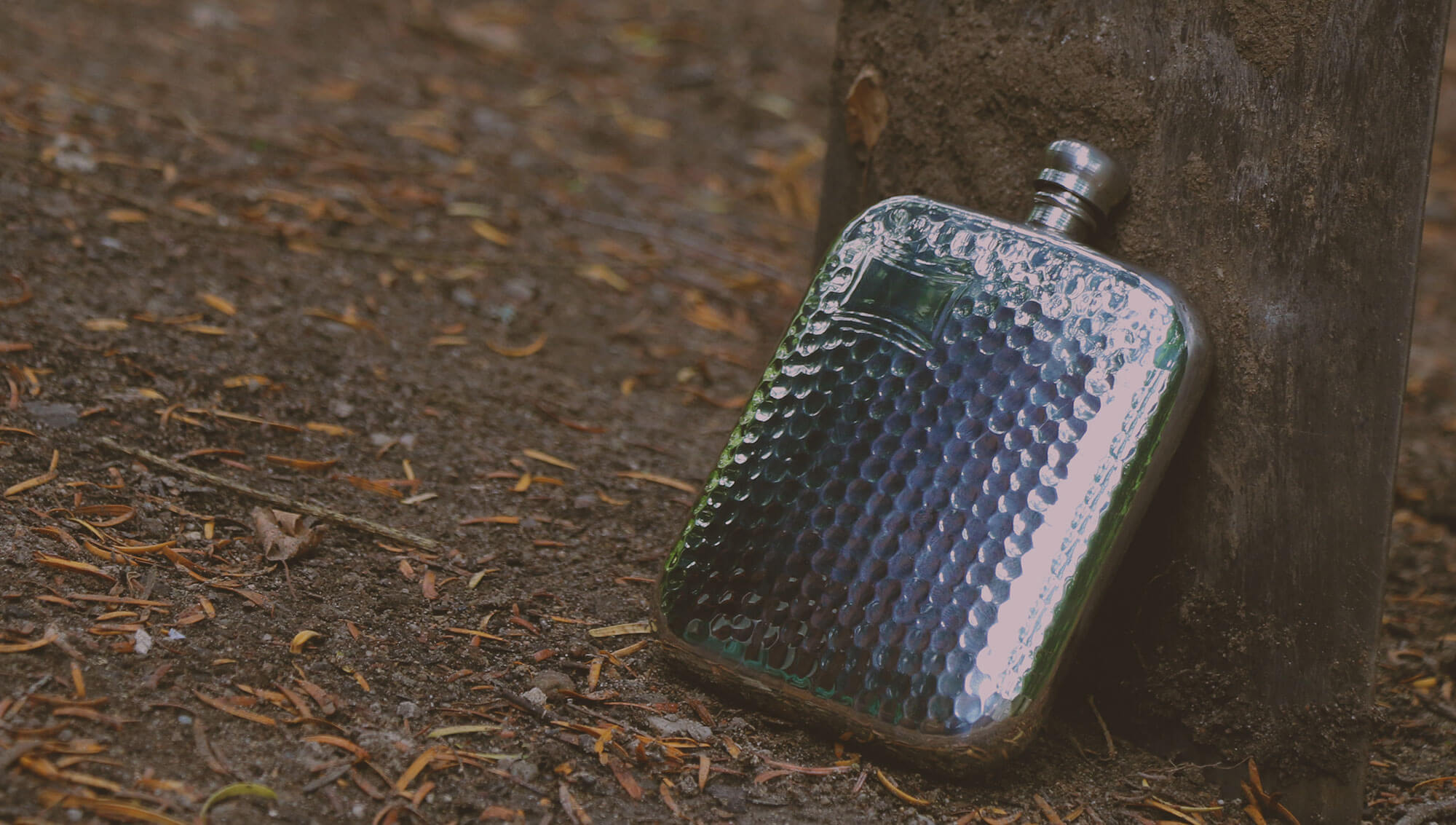06/01/2022
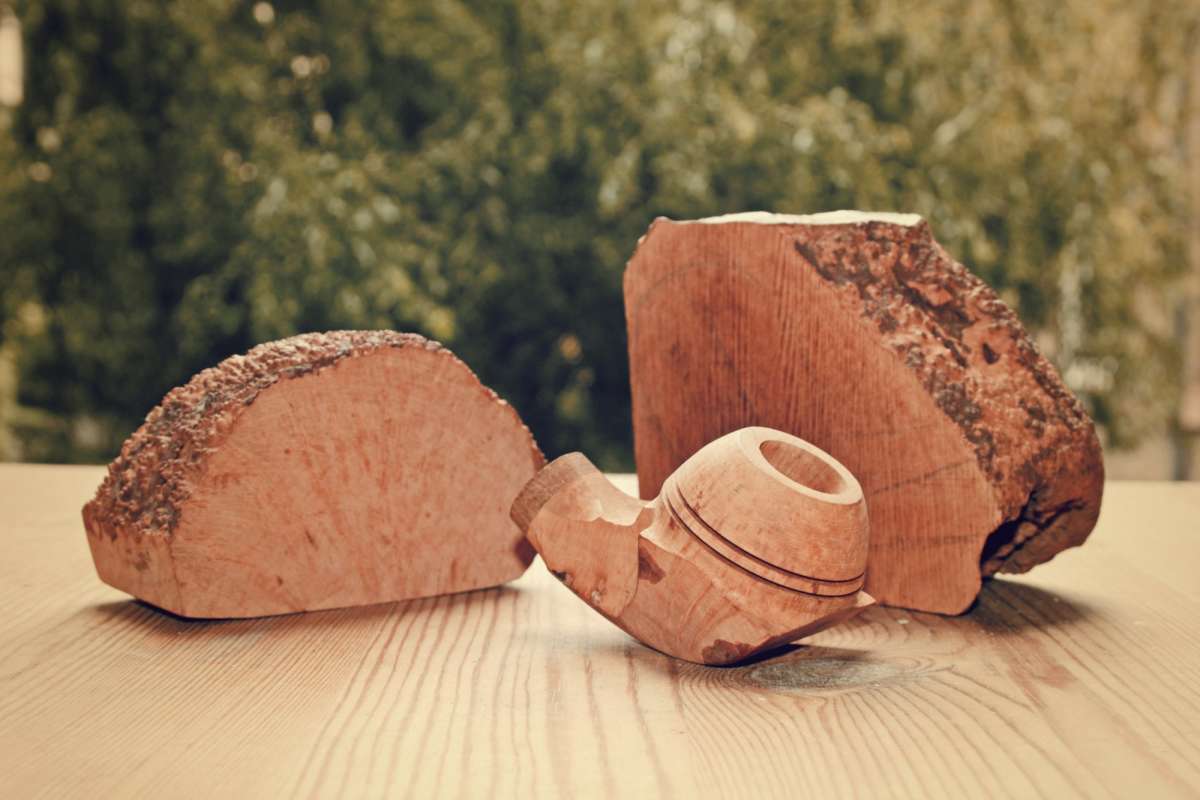
Bruyère
Briar root wood, or French ‘bruyère’ is an extremely hard and heat-resistant wood. The tree heath (Erica arborea) is a shrub up to 4 meters in height and is mostly found in the Macchia, dry evergreen shrublands. The plants are not cultivable, and it takes over 25 years until this very rare resoure can be harvested. Botanists assume that the plant develops the thickening as a water reservoir for the dry periods. A root ready for harvesting has a diameter of around 40 cm and more, in which however large parts are often not usable because of worms or enclosed stones.
Corsican and Algerian roots are of the highest quality, Greek and Spanish woods also have a good reputation.
Briar processing
The first step in the process of becoming a pipe is the saw mill. The briar roots are cut into smaller blocks, the so called ‘Ebauchons’. They are then sorted into different qualities, grains and sizes.
Now the wood is cooked, to stop the growth, eliminate vermin and neutralise the taste of the wood.
After that the curing process starts. An artifical forced drying in heating chambers is possible, or the traditional air drying.
Quality and grading
The price of a pipe is mainly influenced by the quality of the wood. The highest quality wood is found on the outside of the root, the so called plateaux wood. During the processing of the roots about 50 % of the wood turns out to be unusable because of structural weaknesses, spots, caverns and fissures. Of the remaining wood, another 50% will be sorted out, only with the rest of the root it is possible to produce high quality pipes with a smooth surface.
Usually there are three main gradings, with more sub gradings. Bowls with less impurities and a beautiful grain will be much more expensive than pipes with small spots and some ‘blind spots’ in the wood.
Only a very small percentage of pipe bowls will be totally free of impurities and can be processed to perfect, filling free pipes which reflects in the price.
The following grains are in especially high demand:
- Birdeye – The end of the ‘tubes’ of the wood structure are shown.
- Flame Grain – The grain runs from bottom to top in a flame like course.
- Cross Grain – The grain shows bird eyes that are horizontal to each other.
- Straight Grains – The grain runs from bottom to top in near perfect straight and dense lines.
- Ring grain – If a straight grain pipe is sandblasted, this is what you get – a beautiful ring grain.
Generally, if the pipe has a light colour, it is hard to hide any imperfections. Almost all pipes have these small imperfections, so these spots or cavernes have to be cleaned out with special tools and then a ‘filling’ is inserted. These fillings are mixed with briar dust, to get an authentic look. They are available in different colours, the natural fillings receive their colour during the staining process.
With time and prolonged use polished pipes darken and the fillings can be seen more clearly.
Freehand artists often use the complicated method of ‘corking’. Imperfections and small holes are filled with briar pieces that match the grain and are hard to spot.
Surfaces
Sandblasted pipes are made with a sandblasting machine. With high pressure sand is blasted through a hose directly at the pipe bowl. The soft parts of the wood are removed, the surface are of the pipe is in creased and the pipe feels a lot cooler.
Sandblasted pipes can be very expensive if the grain of the remaining wood shows interesting and beautiful grains. This method of finishing a pipe was invented by Alfred Dunhill (Shell Briar).
Rustic pipes mostly seem more rough. The pipe bowls usually are held against a fast moving rotary disc with attached wires, that also remove the soft parts of the wood. After this process grains a no longer recognizable.
Some pipemakers, mostly freehand specialists, rusticate their pipes by hand using only tools like broaches. Semi-rusticated pipes are only rustic in some areas where the surface hat imperfections. The rest of the pipe is kept smooth. The same is possible with semi-sandblasted pipes.
If a pipe has large areas without any grain, or a lot of minor fillings, the best option is to colour the pipe. But sometimes even beautiful woods are clear coated to seal the pipe so it will remain attractive for a long time. Those pipes are much more resistant to light and will not fade in shop windows.
In specialist literature you often read that clearcoating does not leave the pipe breathable enough, but that is not true. The moisture that forms during the smoking process never reaches the outside of the pipe, only the first few millimeters inside the bowl absorb the fluids, so the moisture leaves the pipe from the inside of the bowl.
Most of the coated pipes do not cause problems, in some rare cases however bubbles can form on the surface if the pipe is smoked much too hot, or if the pipe was not cleaned properly before the coating process and there are some briar particles left.
Mouthpieces
The most common and established mouthpiece is the black acrylic mouthpiece, that is also available in many different colours. These mouthpieces have the advantage of never losing their attractive shine, and thus causing no work. In contrast to the until a few years ago commonly used ebonite mouthpieces, acrylic is a very hard material, and not as pleasent to hold in the mouth.
A lot of pipemakers still prefer ebonite for this reason, even if the material needs care from time to time and develops a grey to green shimmer and a bitter taste if exposed to light, especially sunlight, too long. The mouthpieces can be cleaned and refreshend on a polishing disc.
The easiest way to distinguish acrylic and ebonite mouthpieces is to rub it with a cloth. Ebonite evaporates sulfur when heated, which you can smell. Acrylic mouthpieces will smell neutral. Also the drilling in the mouthpiece will look different generally. Ebonite has a slit, while acrylic has a small hole in the middle of the slit.
The so called ‘Cumberland’ mouthpieces are made of ebonite with added pigments, but are also availalbe as an acrylic version in some rare cases.
The size and sickness of the mouthpiece ist the most significant factor for a pipe that is comfortable to smoke. Freehand artists spend a lot of time and effort to make the bite as flat as possible.
Series pipes, handmade and freehands
Series pipes are produced in large production facilities with so-called profile mill. Despite all modern machines, there is still a lot of work that has to be done by hand – drilling, filling, fit the mouthpieces, finishing, polishing… just to name a few.
Handmade pipes are rough-turned with machines in most cases, the precision work and variations are done by hand.
Freehands are made, as the name suggests, completely by hand from the first to the last step. Creativity, great skill and a feeling for the wood and the specific grains are needed to created such masterpieces.
Filter or no filter?
In Germany the 9mm filter established itself in the last decades. These filters use activated carbon or meerschaum granulate. Savinelli produces balsa wood filters, which has a very low tensile strenght.
Whichever filter you use, all have the same purpose – to filter out condensate, tar and humidity.
However, the 9mm filter is only popular in the German speaking countries, in other parts of the world smokers prefer the unspoiled smoking pleasure – the filter not only absorbs harmful substance, but also flavour – smoking without filter is a much more intensive taste experience. Furthermore the filter increases the tensile strenght, which can lead to the unpleasant topic of ‘burners’.

